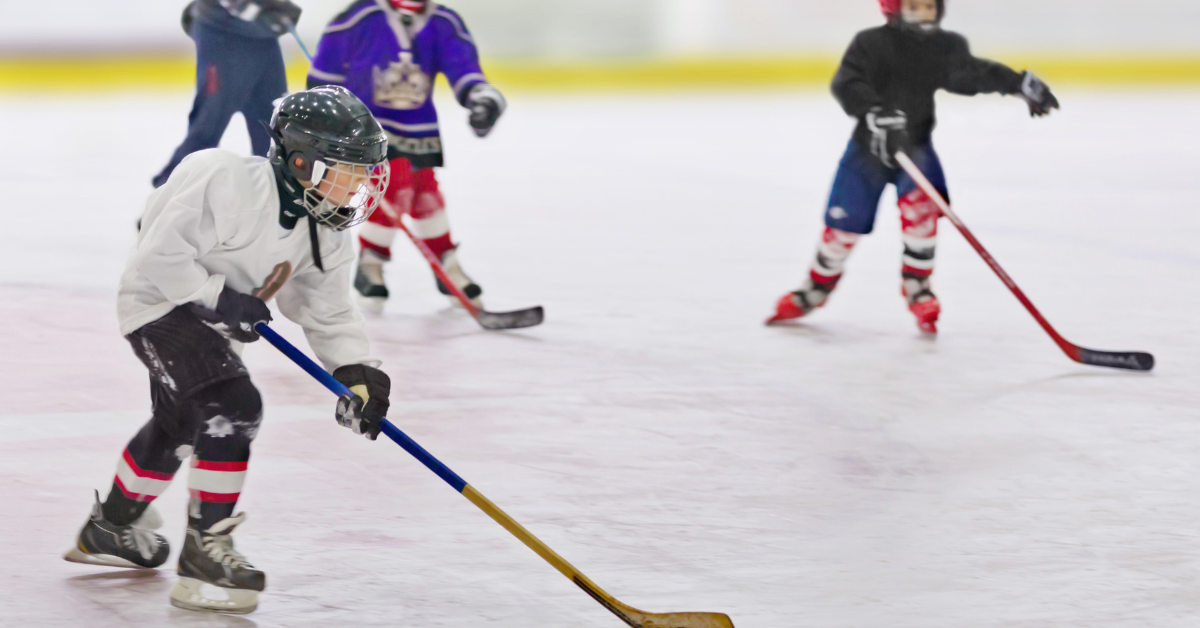Youth and adolescent sports participation has seen rapid growth over the years, a positive trend that supports physical health, community involvement and personal growth worldwide. However, with increased activity comes a higher risk of injury, including those affecting the mouth and teeth. As dental professionals, it’s essential to not only celebrate the benefits of an active lifestyle, but to also stay proactive in promoting proper oral care and injury prevention strategies for up-and-coming athletes. From mouthguard education to best practices, your office plays a critical role in protecting the smiles of the next generation of all-stars.
Dental injuries can be easily prevented, and that’s why it is so important to encourage young athletes to wear mouth guards while practicing and competing. Sports where impact, contact and collision are likely to occur require adequate protection. The American Dental Association recommends wearing custom mouthguards for the following sports: acrobatics, basketball, boxing, field hockey, football, gymnastics, handball, ice hockey, lacrosse, martial arts, racquetball, roller hockey, rugby, shot putting, skateboarding, skiing, skydiving, soccer, squash, surfing, volleyball, water polo, weightlifting and wrestling. Patients are getting involved younger than ever, and taking youth sports more seriously than past generations, so it is never too early to get this conversation started!
How they help
Protection against teeth damage is one of the main focuses when choosing to wear a mouthguard. Broken, chipped, fractured or lost teeth are the major injuries sustained during contact sports and can easily be prevented. If your patient has already had past dental fixes such as braces, crowns or bridges, they need to be especially cautious. Damage to already completed restorations can cause a lot of pain and lead to expensive repairs. Make sure to share that aside from protecting your smile, wearing a mouthguard can protect you from even more serious injuries as well. A mouthguard can absorb a blow to the jaw, preventing fractures, concussions, neck issues and even cerebral hemorrhages. Patients are also risking painful cuts or bruising on the tongue, lip, cheeks and gums without a barrier. There is plenty of soft tissue in the mouth region that could use some extra protection! Incorporating a mouthguard saves mouths, heads and necks from immediate damage and expensive treatments down the road. Encourage families to spend on the mouthguard now, to most likely save thousands of dollars soon!
What to recommend
An ideal mouthguard should be properly fitted to the athlete’s mouth, made of resilient material approved by the U.S. Food and Drug Administration, cover all teeth on one arch, stay in place comfortably and securely, be relatively easy to clean and have high-impact energy absorption to reduce blunt force upon impact. According to the American Dental Association, the most effective mouthguard should be comfortable, resistant to tearing and resilient. A mouthguard should fit properly, be durable, easily cleaned and not restrict speech or breathing for the athlete.
There are options to choose from ranging in price on the market. It is important to remind patients and their families that for children mouthguards must be replaced as they grow. They also weaken with time, which can compromise protection. Therefore, to ensure maximum protection, it is good to plan for replacement as time passes.
We know mouthguards can make a giant difference in a young athlete’s smile, but that doesn’t mean players will be super willing to wear them. When patients can be stubborn, show them that they can protect their teeth in style! There are tons of fun color and design options out on the market that appeal to the modern athlete. You can choose your favorite color, match your team’s uniforms or even go all white to keep it simple and blend in. It’s totally possible to be safe and stylish at the same time!
Another main reason for mouthguard disapproval is discomfort. Ensure that the mouth guard will be comfortable and properly fit. When an athlete isn’t worried about any rough edges or weird alignment, they will stay in their mouths and be more effective. A well-fit mouth guard should feel form-fitting and comfortable, covering your upper teeth and fitting smoothly over them. It shouldn't fall off when you open your mouth or have a conversation. If a patient’s mouthguard feels loose or wobbles around easily, it may not be providing proper protection during their sporting events.
So just remember, although their favorite hockey player might look cool on the ice with missing teeth, it is important to remind patients that damaged teeth do not grow back, no matter what level they play. Protect that perfect smile and wear a mouthguard, it's simple!
The bottom line: Mouthguards are a simple yet powerful tool in protecting young athletes from serious dental and facial injuries during sports. As dental professionals, it’s crucial to educate families on the importance of properly fitted, comfortable and durable mouthguards, especially as youth sports grow more competitive. By promoting prevention now, we can help patients avoid costly, painful treatments later and keep their winning smiles intact.

